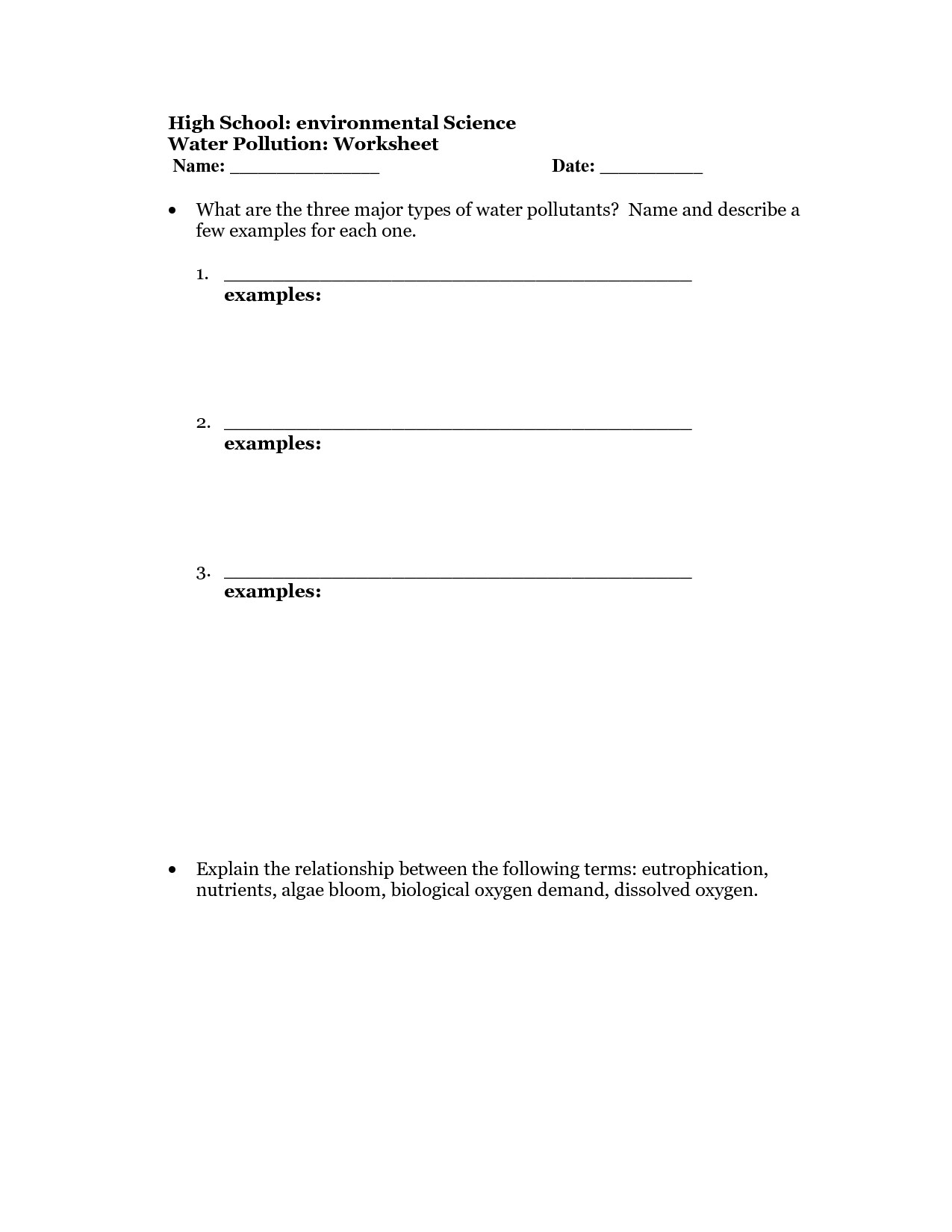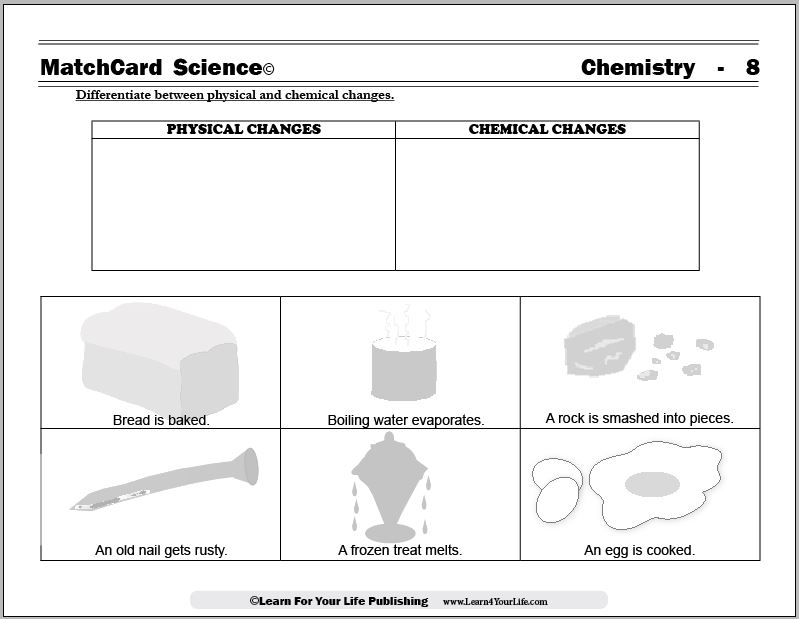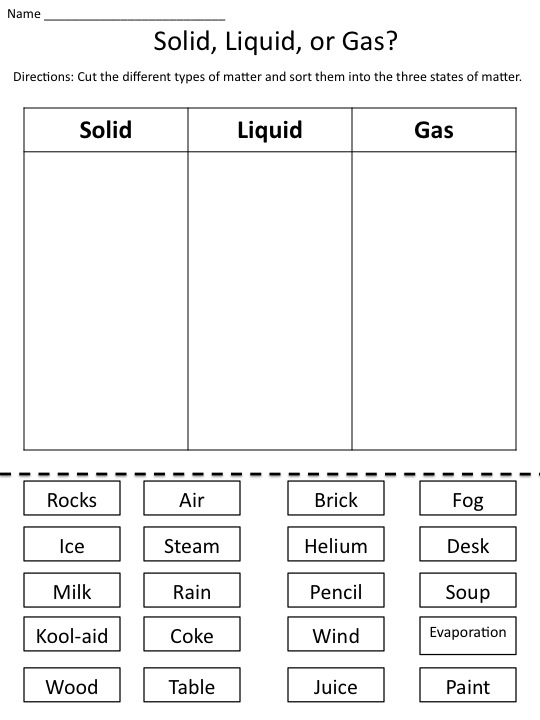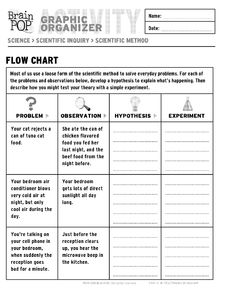States of Matter Worksheets for Middle School
If you are a middle school teacher searching for engaging and informative worksheets to reinforce the concept of states of matter, you have come to the right place. These worksheets are designed to captivate and challenge your students, providing them with a solid understanding of the different states of matter and their properties. With a variety of activities and exercises, these worksheets ensure that your students grasp the subject thoroughly while having fun along the way.
Table of Images 👆
More Other Worksheets
Kindergarten Worksheet My RoomSpanish Verb Worksheets
Cooking Vocabulary Worksheet
DNA Code Worksheet
Meiosis Worksheet Answer Key
Art Handouts and Worksheets
7 Elements of Art Worksheets
All Amendment Worksheet
Symmetry Art Worksheets
Daily Meal Planning Worksheet
What are the three main states of matter?
The three main states of matter are solid, liquid, and gas.
How do particles behave in a solid?
In a solid, particles are closely packed together in a fixed arrangement. They vibrate in place but do not move around freely like particles in a liquid or gas. The strong forces of attraction between the particles keep them in a specific arrangement, giving solids a definite shape and volume.
How do particles behave in a liquid?
In a liquid, particles are close together and have more freedom of movement compared to a solid. They are able to move past each other, causing the liquid to flow and take the shape of its container. The particles in a liquid are in constant motion, colliding with each other and with the walls of the container, leading to properties such as viscosity and surface tension.
How do particles behave in a gas?
Particles in a gas are in constant, random motion with high kinetic energy. They move freely and independently of each other, colliding elastically with each other and the walls of their container. The distance between gas particles is much greater than in liquids or solids, allowing for gas to expand and fill the space it occupies. Additionally, gas particles have negligible attractive forces between them, resulting in them having no definite shape or volume, and they can easily diffuse and mix with other gases.
What is the process called when a solid changes directly into a gas?
The process is called sublimation, where a solid substance transforms directly into a gas without passing through the liquid phase.
What is the process called when a gas changes directly into a solid?
The process is called deposition, where a gas changes directly into a solid without passing through the liquid phase.
What is the temperature at which a substance changes from a solid to a liquid called?
The temperature at which a substance changes from a solid to a liquid is called the melting point.
What is the temperature at which a substance changes from a liquid to a gas called?
The temperature at which a substance changes from a liquid to a gas is called the boiling point.
How does an increase in temperature affect the movement of particles in a substance?
An increase in temperature causes particles in a substance to move more rapidly and with greater energy. This increased kinetic energy results in the particles vibrating, rotating, and translating at a higher rate, leading to a wider distribution of speeds and increased collisions between particles. Consequently, the substance expands and its internal energy rises, impacting its physical properties such as volume, density, and state of matter.
How does a decrease in temperature affect the movement of particles in a substance?
A decrease in temperature causes particles in a substance to move more slowly. This is because the lower temperature reduces the kinetic energy of the particles, leading to a decrease in their speed and rate of movement. As a result, the particles are more closely packed and have less energy to move around, causing the substance to contract or become more solid.
Have something to share?
Who is Worksheeto?
At Worksheeto, we are committed to delivering an extensive and varied portfolio of superior quality worksheets, designed to address the educational demands of students, educators, and parents.























Comments